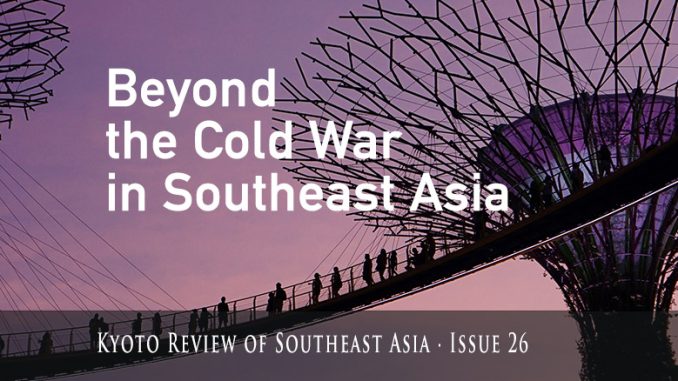
The Cold War was a period of intense conflict across Southeast Asia, marked by a bloody mix of interstate conflicts, civil wars, displacement, and genocides. The disastrous tally of human suffering and lives wasted have led many to argue that the term “Cold War” is itself a misnomer in the region. Moreover, coinciding with this period of global tension were more or less protracted national liberation struggles and the consolidation of postcolonial regimes across Southeast Asia, amplifying the impact of the Cold War as its requirements shaped alliances, ideological frames, and state and societal priorities.
The Cold War was played out in domestic politics both at the level of the state and within civil society, tying both sectors, too, to the international stage and transnational actors. Western “domino theory” and fear of communism translated into broad repression of popular movements and dissent. The anticommunist “west” sought stable governments who could resist communism, even if through coercion. For its part, the communist bloc likewise supported authoritarian governments, but those with a revolutionary drive to establish party-states intent on communist development. Repression was intense on both sides of the conflict, molding or stunting emergent political parties, trade unions, women’s organizations, student associations, ethnoreligious bodies, and peasant organizations – even as actors in line with regime interests still thrived. The unintentional effect of this strategy was the emergence of a limited civil society across and within both communist and noncommunist polities. Even so, the most obvious winners in this cruel regime game were military and security forces, who emerged as critically important political actors – in several cases, coming openly to dominate the state.
This symposium – consisting of short articles extracted from a conference and larger edited volume – probes the enduring legacies of the Cold War on Southeast Asian politics and society. Looking across states with divergent institutional and ideological histories, we explore how Cold War imperatives and incentives came to structure political engagement, affect the balance of power between civil societal actors and the state, and delimit political possibilities across the region. By now, some of these effects seem “natural”: their Cold War origins are less apparent than they once were. Yet a closer look suggests how broadly and deeply specific aspects of Cold War contests branded a set of states with the awkward fortune to be born in its crucible.
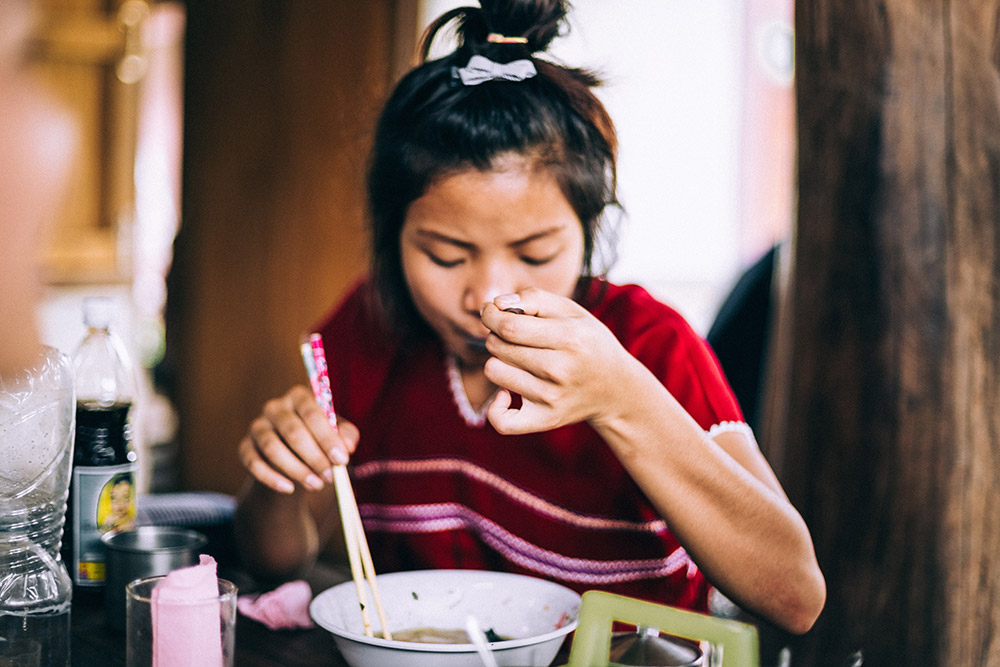
The essays that follow present a number of common themes, through different ways of conceptualizing the reflection of the past on the present and its projection into the future. First, we have structural attributes of regimes. The literature on “linkages” tends to presume connections with advanced industrial democracies to be impetuses or even criteria for political liberalization; amid Cold War pressures, the reverse was true: the US and its fellow states encouraged and propped up even coercive dictatorships, so long as willing and able to maintain a hard line against communism. Nor, clearly, can we understand regimes’ institutional frameworks as being wholly endogenous; external collaborations and influences undercut the clout of domestic factors and encouraged regime trajectories that cannot be explained by domestic actors alone. This pattern of interests reified forms of military and capitalist power and authority, and of US and other western support for these forms, however coercive.
Next, we look to society. We find the Cold War’s enduring reflection in present-day discriminatory patterns, especially against ethnic Chinese region-wide, but also, for instance, against the branded-recalcitrant Thai northeast. Nor have we found abundant willingness to consider or redress past violence, a reality most evident and problematic in Indonesia, site of breathtakingly brutal and sweeping anticommunist mass-murders in the mid-1960s, and in Vietnam, where still today the politics of unification after 1975 remains unaddressed. In this post-traumatic landscape visions of the nation-state remain challengingly polarized, marked by binary thinking about “us,” “them,” and the limits of political and ideational community.
And amid these institutional features and fault-lines, we find a continuing weakness of ideological challengers – for instance, of left-wing organizations and ideas across noncommunist Southeast Asia – and the still-common suppression of certain forms of social organization and narrowing of political space. Nowhere in the region are human rights and civil liberties convincing priorities; rather, norms of technocratic expertise and stability above all remain dominant.
All told, the structural, ideological, cultural, and developmental effects of the Cold War remain dramatic and sharply defined. A region so shaped by the vagaries of this sometimes existential, sometimes all too real globalized clash can hardly hope to shake its influence, but can still acknowledge and examine its concrete legacies.
Eva Hansson & Meredith L. Weiss
Issue Editors
Issue 26 Kyoto Review of Southeast Asia September 2019
Main articles can be read in six languages
By Eva Hansson
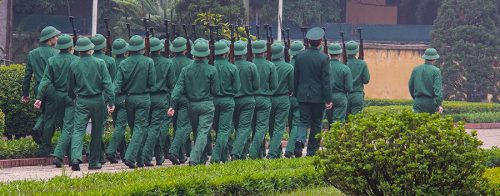
- Legacies of the Cold War: Regime Security and Coercive Forces in Vietnam
- Warisan Perang Dingin: Rezim Keamanan dan Kekuatan-memaksa di Vietnam
- มรดกจากสงครามเย็น: ความมั่นคงของระบอบการปกครองและการใช้กำลังข่มขู่บังคับในเวียดนาม
- 冷戦の遺産:ベトナムにおける体制の安全保障と暴力機構
- Di sản của cuộc chiến tranh lạnh: An ninh chế độ và các lực lượng cưỡng chế ở Việt Nam
- Mga Pamana ng Cold War: Seguridad ng rehimen at mga mapamilit na pwersa sa Biyetnam
By Meredith L. Weiss

- The Cold War’s Legacies in Malaysia
- Berbagai Warisan Perang Dingin di Malaysia
- มรดกจากสงครามเย็นในมาเลเซีย
- マレーシアにおける冷戦遺産
- Di sản Chiến tranh Lạnh ở Malaysia
- Ang mga Pamana ng Cold War sa Malaysia
By Kevin Hewison
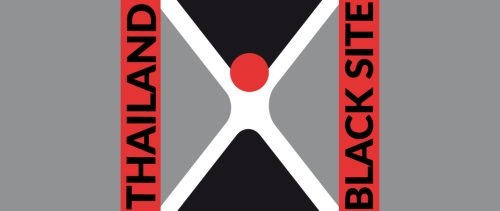
- Black Site Thailand: Cold War Political Legacies
- Penjara-Tersembunyi di Thailand: Warisan Politik Perang Dingin
- คุกลับประเทศไทย: มรดกทางการเมืองจากยุคสงครามเย็น
- ブラック・サイト、タイ:冷戦の政治的遺産
- Điểm đen ở Thái Lan: Các di sản chính trị của Chiến tranh Lạnh
- Ang Black Site sa Thailand: Mga Pamanang Pampulitika ng Cold War
By Teresa S. Encarnacion Tadem
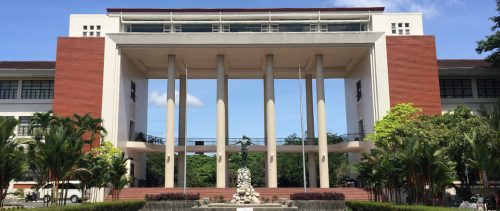
- Tracing the Rise of Filipino Technocrats through the Cold War
- Melacak Kebangkitan Teknokrat Filipina melalui Perang Dingin
- ย้อนมองเส้นทางสู่อำนาจของเทคโนแครตฟิลิปปินส์ผ่านยุคสงครามเย็น
- 冷戦を通じたフィリピン人テクノクラートの台頭をたどる
- Truy tìm sự trỗi dậy của các nhà kỹ trị người Philippines qua Chiến tranh Lạnh
- Pagtunton sa Pag-angat ng mga Pilipinong Teknokrata sa pamamagitan ng Cold War
By Olle Törnquist
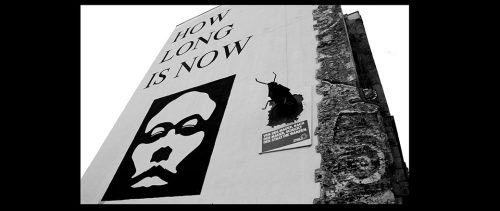
- How Long is Now? Of Indonesian Reformasi and its Belated Reclaiming of Cold War History
- Seberapa Lama Saat Ini?: Era Reformasi Indonesia dan Perebutan Kembali yang Terlambat atas Sejarah Perang Dingin
- เดี๋ยวนี้คืออีกนานแค่ไหน? ว่าด้วยยุค Reformasi ของอินโดนีเซียและการทวงคืนประวัติศาสตร์สมัยสงครามเย็นที่ช้าเกินการณ์
- 現状はいつまで続くのか? インドネシアのレフォルマシと遅れた冷戦史の捉え直しについて
- Bây giờ đã là bao lâu rồi? Cuộc cải cách (reformasi) Indonesia và nhận thức muộn của nó về lịch sử Chiến tranh lạnh
- Gaano katagal ang ngayon? Hinggil sa reformasi ng Indonesia at ang huling pagbawi nito sa kasaysayang Cold War
